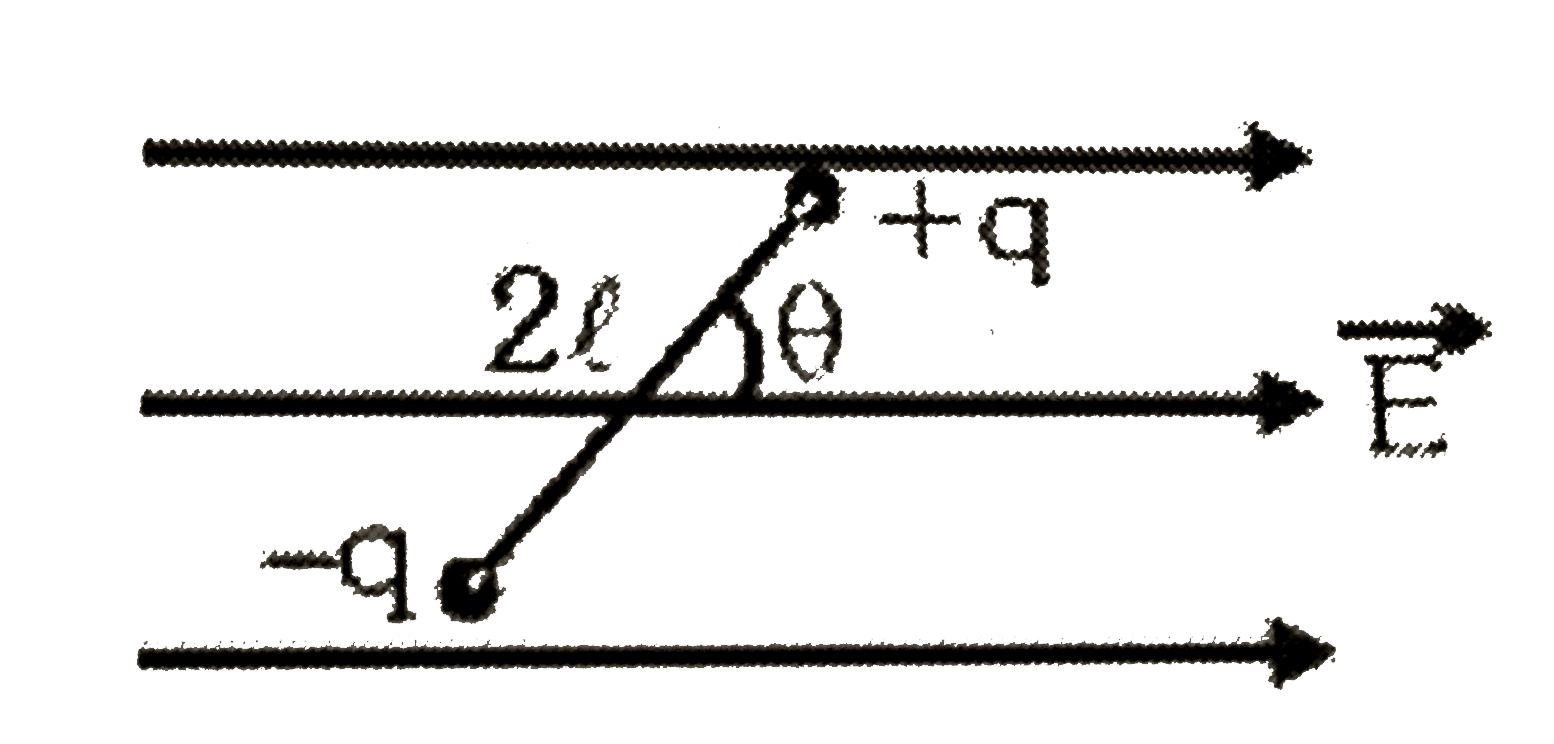What are the units of ?
Unitless
The correct Answer is:B
Step by step video, text & image solution for What are the units of K (1)/(4pi in_(0)) ? by Physics experts to help you in doubts & scoring excellent marks in Class 11 exams.
Updated on:21/07/2023Topper's Solved these Questions
- UNITS, DIMENSIONS & ERROR ANALYSIS BOOK - DC PANDEYCHAPTER - UNITS, DIMENSIONS & ERROR ANALYSIS EXERCISE - Assertion and reason
15 Videos
- UNITS, DIMENSIONS & ERROR ANALYSIS BOOK - DC PANDEYCHAPTER - UNITS, DIMENSIONS & ERROR ANALYSIS EXERCISE - Match the column
6 Videos
- UNITS, DIMENSIONS & ERROR ANALYSIS BOOK - DC PANDEYCHAPTER - UNITS, DIMENSIONS & ERROR ANALYSIS EXERCISE - Check Point 1.3
10 Videos
- UNIT AND DIMENSIONSBOOK - DC PANDEYCHAPTER - UNIT AND DIMENSIONSEXERCISE - Assertion And Reason
2 Videos
- VECTORSBOOK - DC PANDEYCHAPTER - VECTORSEXERCISE - Medical enrances gallery
9 Videos
Similar Questions
Knowledge Check
What are the unit of μ04π
ANA−1m2BNA−2CNm2C2DunitlessIn coulomb's law, constant of proportional K=14π∈0 has units
ANBN−m2CNm2C2DN−m2m2A point charge 'Q' is placed at the centre of a spherical cavity of radius 'b' carved inside a solid conducting sphere of radius 'a'. Then total energy of the system is:
[k=14π∈0]
 AKQ22a−kQ22bBkQ22a+kQ22bCkQ2a+kq2bDkQ2a−kQ2b
AKQ22a−kQ22bBkQ22a+kQ22bCkQ2a+kq2bDkQ2a−kQ2b
A sphere of radius R contains charge density ρ(r)=A(R−r), for 0<r<R. The total electric charge inside the sphere is Q.
The electric outside the sphere is (k=14π∈0)
View SolutionAn infinite number of charges each equal to q are placed along the x-axis at x=1m,x=2m,x=4m,x=8m, ... and so on. Find the potential and electric field at the point x = 0 due to this set of charges. What will be potential and electric field ifin the above set up if the consecutive charge have opposite sign?
[q2π∈0,q3π∈0,q6π∈0,q5π∈0]
View SolutionIn the figure shown, conducting shells A and B have charges Q and 2Q distributed uniformly over and B. Value of VA−VB k is kQnR. Find n(k=14π∈0

View SolutionDetermine electric field at point P or O in the following cases , take 14π∈0.Qd2=E0.
(a)
(b)
View SolutionThe total flux associated with given cube will be - where 'a' is side of cube :-
(1∈0=4π×9×109)

View Solution

